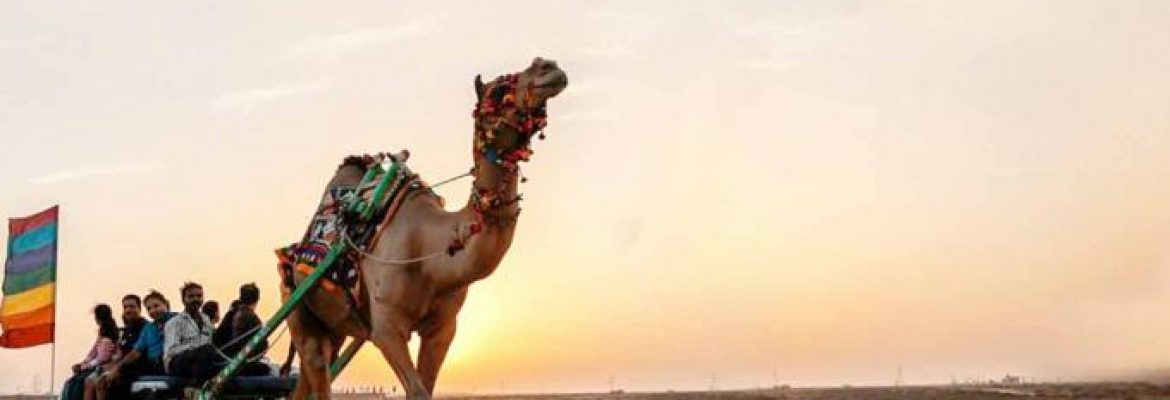Kutch, Gujarat, India
Kachchh, India’s wild west, is a geographic phenomenon. The flat, tortoise-shaped land (kachbo means tortoise in Gujarati), edged by the Gulf of Kachchh and Great and Little Ranns, is a seasonal island. During the dry season, the Ranns are vast expanses of hard, dried mud. Come the monsoon, they’re flooded first by seawater, then by fresh river water. The salt in the soil makes the low-lying marsh area almost completely barren. Only on scattered ‘islands’ above the salt level is coarse grass which provides fodder for the region’s wildlife.
The villages dotted across Kachchh’s arid landscape are home to a jigsaw of tribal groups and sub-castes who produce some of India’s finest handicrafts, above all their textiles which glitter with exquisite embroidery and mirrorwork.
A branch of the Indus River once entered the Great Rann until a massive earthquake in 1819 altered its course. Another mammoth earthquake in January 2001 again altered the landscape, killing nearly 30,000 people and completely destroying many villages. Although the effects of the tragedy will resonate for generations, the residents have determinedly rebuilt their lives and are welcoming to visitors. Tax breaks to encourage economic recovery have brought in new industrial plants, but by and large Kachchh still remains a refreshingly pristine, rural environment.


